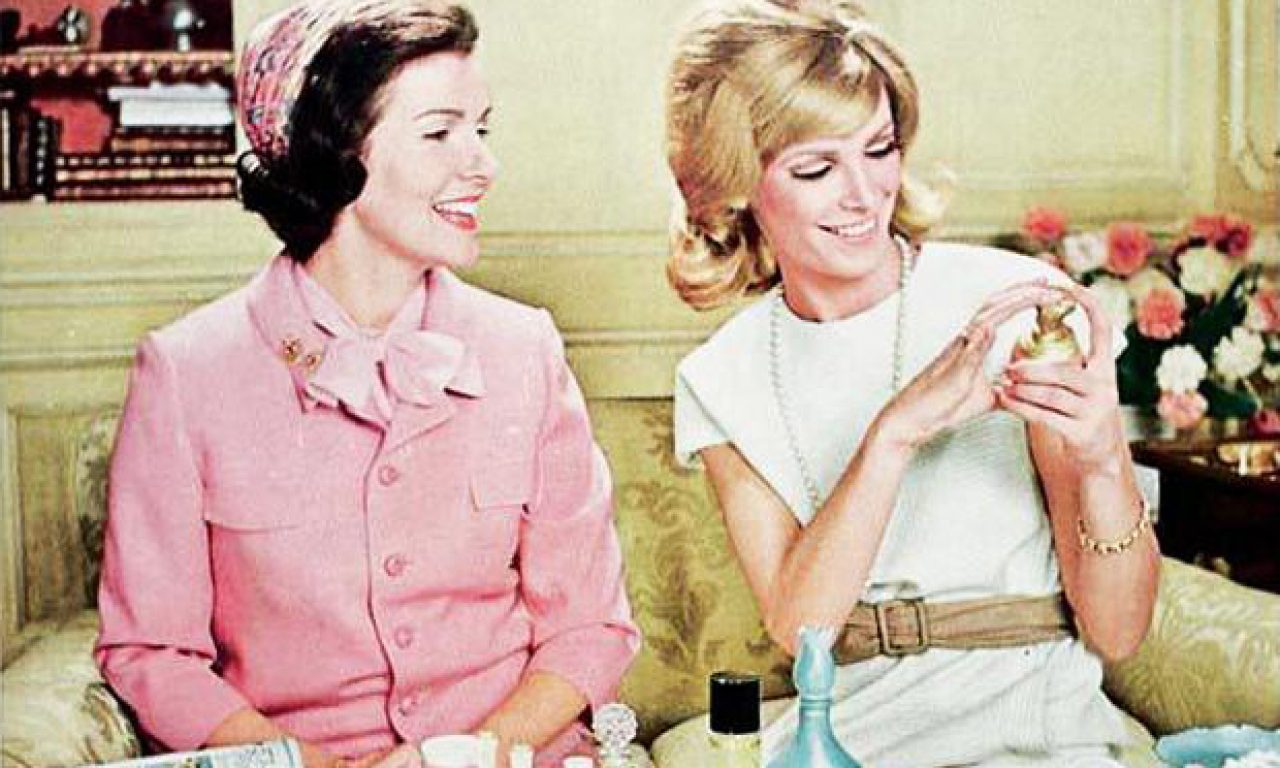US-based global manager Ranger International Management has drawn a comparison between the so-called FANG stocks in the US market and the Nifty 50 of the late1960s and early 1970s. The comparison could help investors get a better perspective on current market sentiment.
The FANGs – Facebook, Amazon, Netflix and Alphabet (Google) – were the darlings of the S&P 500 in 2015 and for several years prior. Some are suggesting the current high valuations could signal a bubble but others believe the run is not yet over. The problem is valuations for these big tech-orientated companies can be tricky.
Ranger International’s latest client research note, sent to Australian investors today, presents an interesting historical comparison with the big consumer stocks of 50-odd years ago, known as the Nifty 50, which also outperformed the rest of the market for several years.
The Ranger International report says: “The enthusiasm for FANGs and other large-cap growth stocks, with their high prices and bright prospects, reminds us of the Nifty 50 market in the early 1970s. In that era of rotary dials and 8-track tapes the Nifty 50 were considered so attractive that no proper portfolio could be without them.
“These stocks were so Nifty they were called “one decision stocks.” Once the investor made the decision to buy, that was it. There would be no need to make a decision to sell. They were also called “religion stocks”, another indication of the fervor attached to these 50 growth names.
“Certainly, some of the Nifty 50 companies, like the FANGs of today, had developed new products with seemingly unlimited growth potential (Who wouldn’t want a Polaroid camera or a Xerox copier?). But the group also included stocks deemed to be solid, consistent growers like Procter & Gamble and Coca Cola.
“As the stocks grew increasingly popular, valuations ratcheted higher. Some of the Nifty 50 valuations in 1972 were: Avon, 61 x earnings; Black & Decker, 48 x; Burroughs, 46 x; Coca Cola, 46 x; Digitel Equipment, 56 x; Eastman Kodak, 44 x; Merck, 43 x; Polaroid, 95 x; and Xerox, 46x.”
In the late 1990s, during the height of the tech bubble, Barrons published a study of the long-term performance of the top half of the Nifty 50 group – the 25 previously most expensive stocks versus the S&P 500, the Ranger International report says. Over the period from December 1972 through to March 1999, that 25 did manage a double-digit annual return but they significantly trailed the S&P 500. Investors were mostly right about the growth potential of the companies, but they paid too much for them, Ranger International says. Over that 26-year period the S&P 500 expanded by 88 per cent (from a P:E of 18 x to a P:E of 34 x), while the median P:E of the Nifty 25 actually fell slightly, from 49 x to 48 x.
Ranger International suggests investors can guard against this: “A reasonable defence to overvalued stocks is, of course, focusing on those cheaper stocks that investors may be neglecting. Another approach is to seek out stocks where income is expected to account for a meaningful share of expected returns. A larger-than-average dose of quality dividend-paying stocks would have limited the downside from the excesses of the 2000s while producing more income than the broader market.”
The fund manager is represented in Australia and New Zealand by AFM Investment Partners.

